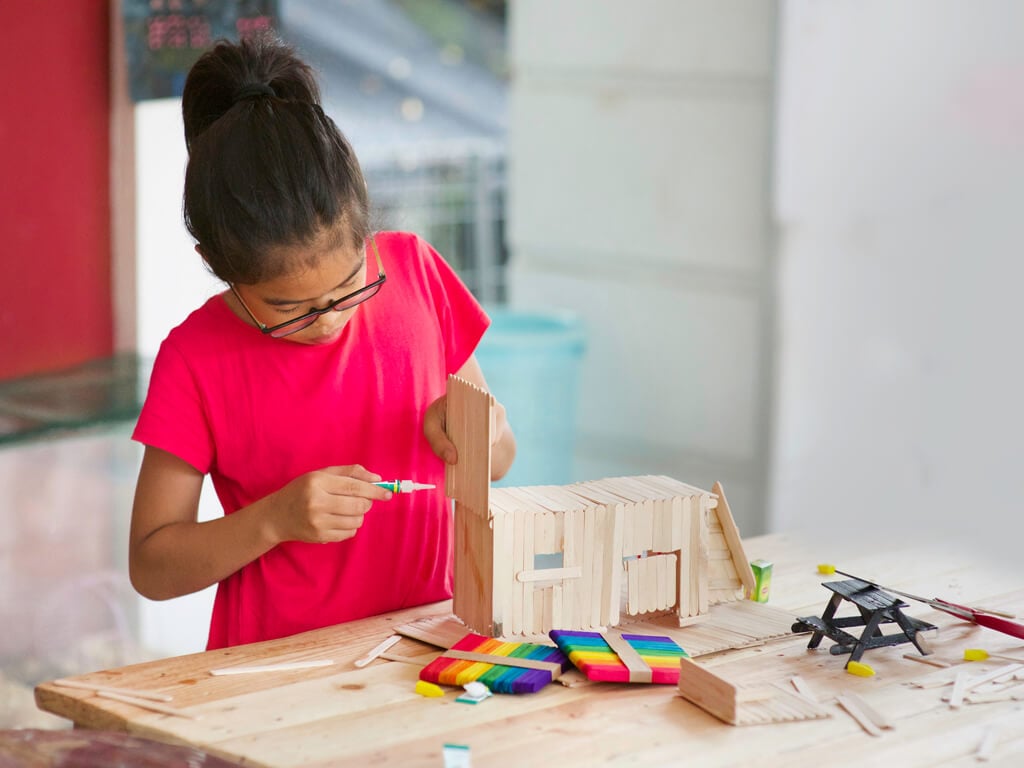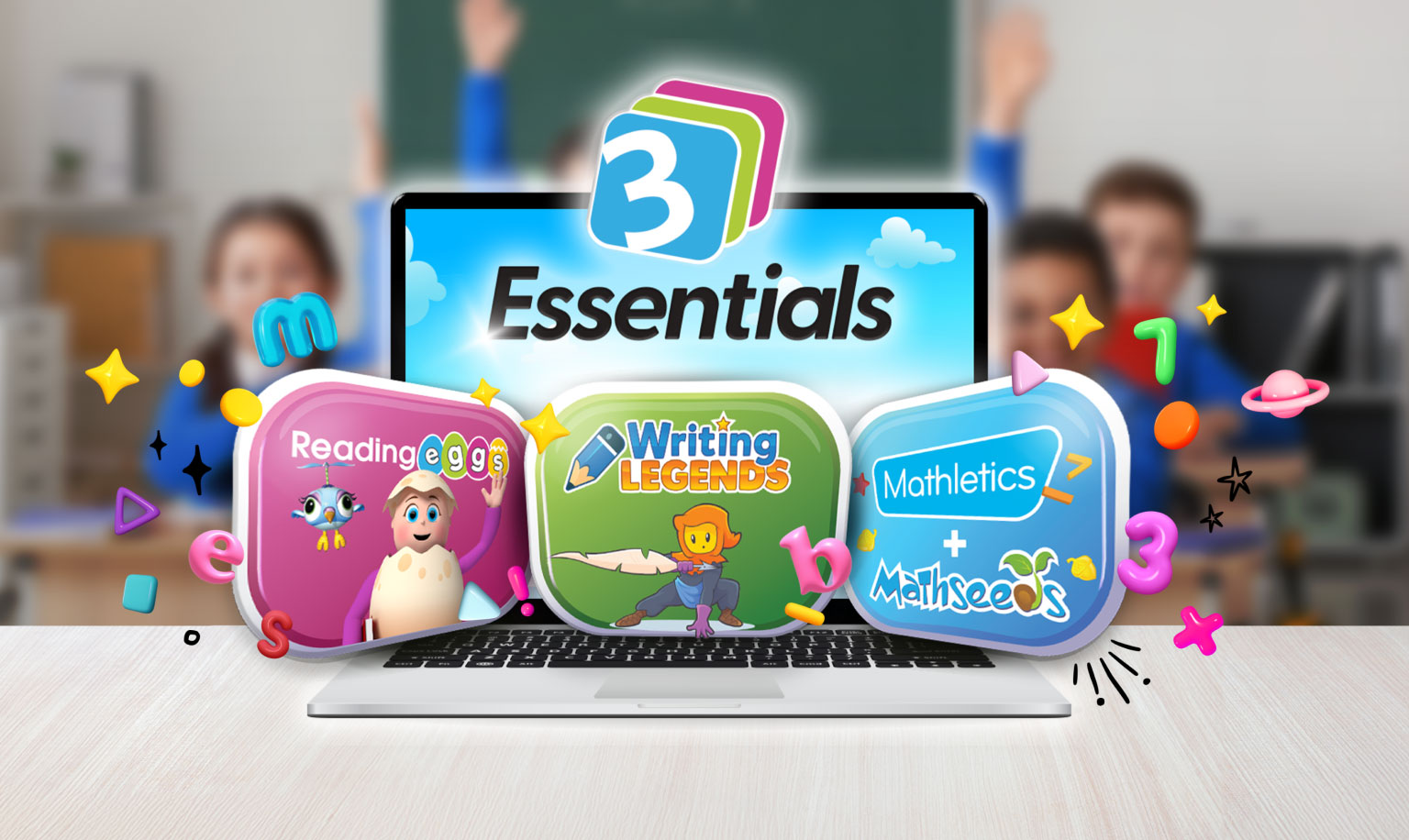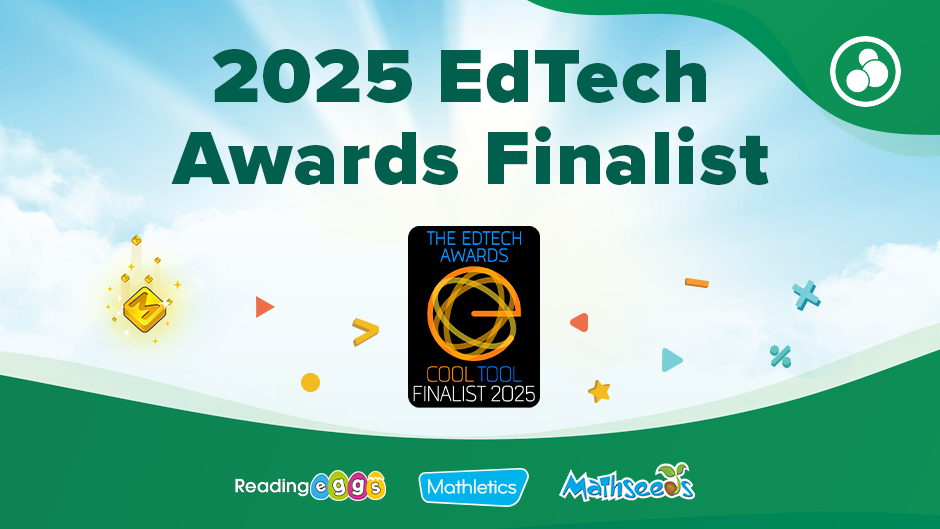
STEM projects show learners that math isn’t confined to paper. It’s part of a rich network of disciplines that help us understand the physical world.
Luckily, you don’t need complex tools or technical prowess to create a rich STEM project.
All it requires is a few everyday items and some creative flair.
Here are three STEM math projects you can set up with ease, so your students can start exploring how science, math, engineering, and technology come together.
Paper planes
They’re not just a distraction. Creating a paper plane that flies the length of the room (or further) is an introduction to the careful design, testing, and refinement involved in engineering. For math teachers it’s also an engaging way to get students experimenting with measurement and shapes.
Process
- Provide students with a variety of paper types to choose from (different thicknesses and sizes can become part of the testing procedure).
- Model the process of creating a basic paper plane but demonstrate how you might change it by cutting the paper into a different shape or gluing on some extra parts.
- Students create their planes and then let them fly in a designated “testing area”.
- Students measure the flight distance with a meter ruler and record the data in a table (you might have students work in pairs, so one writes while another measures).
- Based on what they’ve seen, students redesign their plane and try to beat their previous distance.
If you’re looking to up the science in the task, you can have students test hypotheses (e.g. “I think that extending the length of the wings will make it go further”) and produce a conclusion at the end of the experiment.
Teacher tips
- Symmetrical paper planes will fly further. If students make a mistake folding one side, encourage them to duplicate it on the other and see what happens.
- Larger wings will produce more lift, allowing the plane to fly further.
- The lighter the paper, the better the flight will be.
Takeout container challenge
If structural engineering and computer science aren’t really your students’ thing, try takeout food instead! Challenge students to create an insulated container that can keep food hot or cold for as long as possible. In addition to the science stuff, measuring and tabling the temperature will build their number sense.
Here’s what you’ll need:
- cardboard boxes
- scissors and glue
- polystyrene foam
- cotton wool
- Alfoil
- digital thermometers.
Process
Have students fit out the box with these insulating materials, and then put in a hot or cold item. Students could get creative in the kitchen (cooking to a recipe is another way to develop math skills) or keep it simple with a baked potato or ice block. They can then monitor the temperature using a digital thermometer and record it in a table at timed intervals. Whose container was most effective?
Teacher tips
For more advanced learners, you can extend the mathematical learning by:
- having students calculate the percentage decrease/increase in temperature over time
- calculating the average change in temperature per minute
- graphing the results.
Bridge-building
Building a model bridge exposes students to the world of structural engineering, while honing mathematical understandings of measurement and ratio. All you need are wooden popsicle sticks or skewers and plenty of glue (optional string if your students want to get really creative and make a suspension bridge).
- Begin the design process by talking about patterns. Which arrangement of sticks is likely to be the strongest under load and why?
- Have students design their bridge. Depending on their level of ability, this could be an opportunity to teach the concept of scale.
- Students start constructing. Beware – the glue may make for some mess! When they’re finished, have them weigh the completed bridge and record the number.
- Students test the bridge under the load. Steadily add more weight, measuring and recording the weight at each stage of the experiment (use a table).
- Students calculate the strength-to-weight ratio by dividing the maximum load weight by the weight of the bridge itself. Whose was strongest?
Teacher tip
You can begin this activity by having students research real-life bridges and diagram their structures. It’s another way to develop their understandings of patterns and shapes, while extension learners can also dive into the physics involved.











